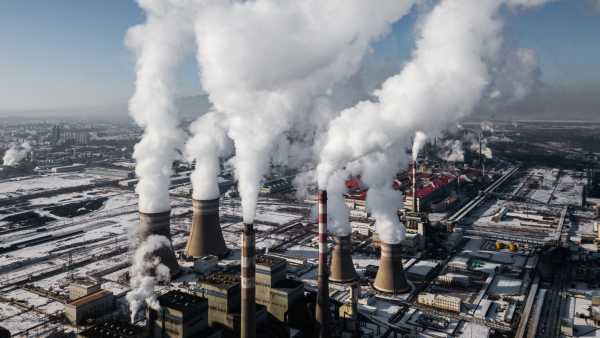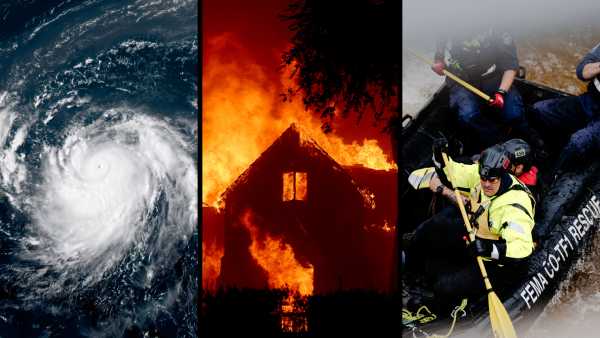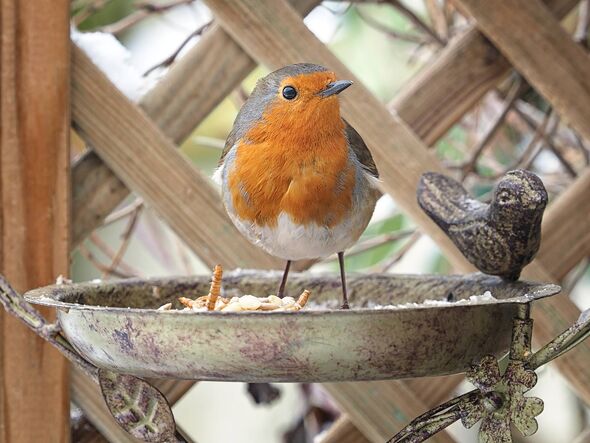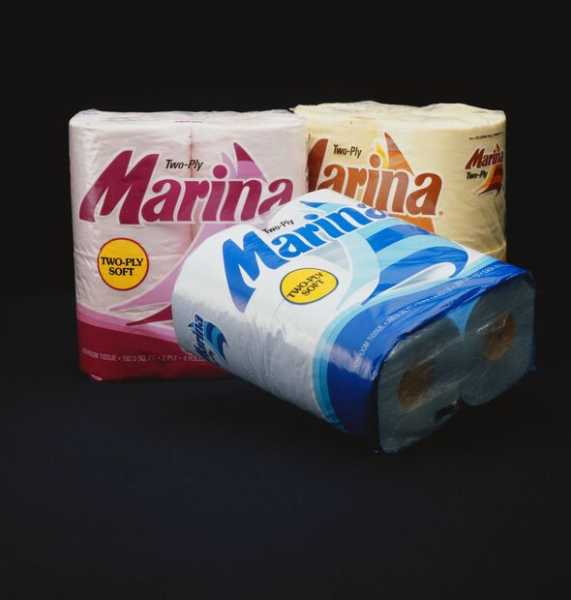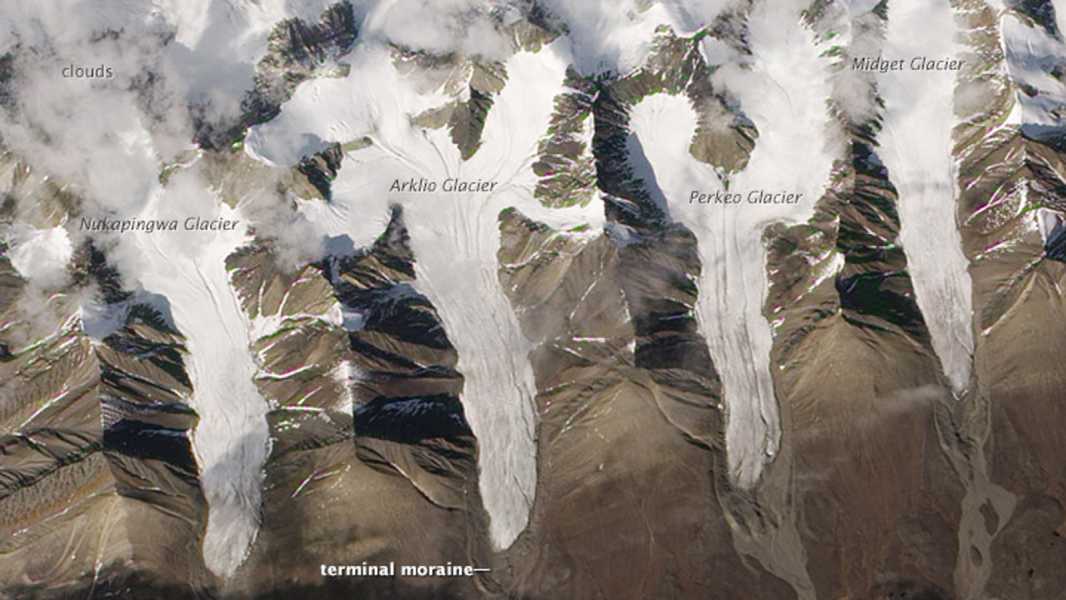
This icy quartet is part of a network of thousands of glaciers across Ellesmere Island that are key to supporting life in this barren landscape. (Image credit: NASA Earth Observatory/EO-1)
This stunning satellite image shows four nearly identical glaciers nestled between mountain peaks on a barren island in the Canadian Arctic. The elongated ice masses, threatened by human-induced climate change, are helping to awaken new life in the surrounding “polar desert” and providing scientists with a unique opportunity to study some of the hardiest plant species on the planet.
The four glaciers—Nukapingwa, Arklio, Perkeo, and Midget (left to right in the image)—each measure about 2 miles (3.2 km) long and about 2,000 feet (600 meters) wide on average. They lie along the northern ridge of the Oobloya Valley in the heart of Ellesmere Island, which is the tenth-largest island on Earth and Canada's northernmost landmass.
Ellesmere Island is a challenging place to support life. Although it is largely ice-free year-round, temperatures range from 37.9 degrees Fahrenheit (3.3 degrees Celsius) in the summer to minus 36 degrees Fahrenheit (minus 38 degrees Celsius) in the winter. The region also receives less than 2.5 inches (6.4 centimeters) of rainfall per year, making it a polar desert, according to NASA's Earth Observatory. As a result, the island is home to just 144 people (as of 2021), despite being roughly the size of the United Kingdom.
However, seasonal meltwater from glaciers like the one pictured here provides regions like the Ubloya Valley with enough moisture to support a sparse blanket of resilient vegetation. This forms the basis of a food chain that supports arctic hares, musk oxen, wolves and polar bears. (The name Ellesmere translates as “land of the musk ox” in French.)
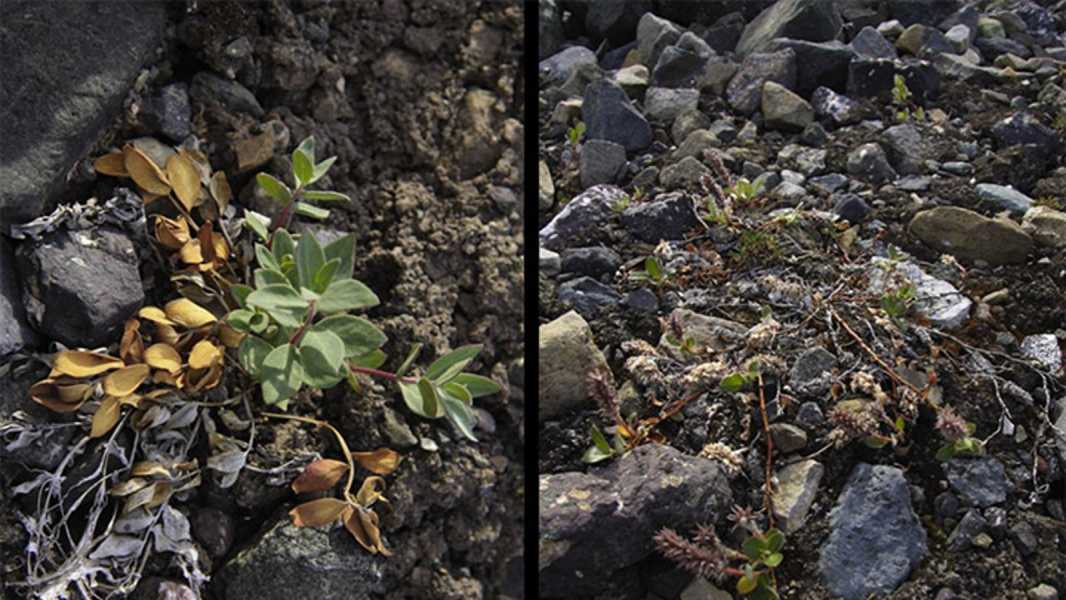
Two plant species, Epilobium latifolium (left) and Salix arctica (right), are rapidly colonizing bare patches of land exposed by retreating glaciers.
At the end of each glacier (at the bottom of the satellite image), thin, semicircular patches of rough, uneven earth known as moraines surround the ice tongues. Moraines are areas of mixed earth left behind by the retreat of glaciers up the side of a valley, according to the U.S. Geological Survey. These areas are completely devoid of life when they are first freed from the enormous weight of the glaciers, making them ideal
Sourse: www.livescience.com


